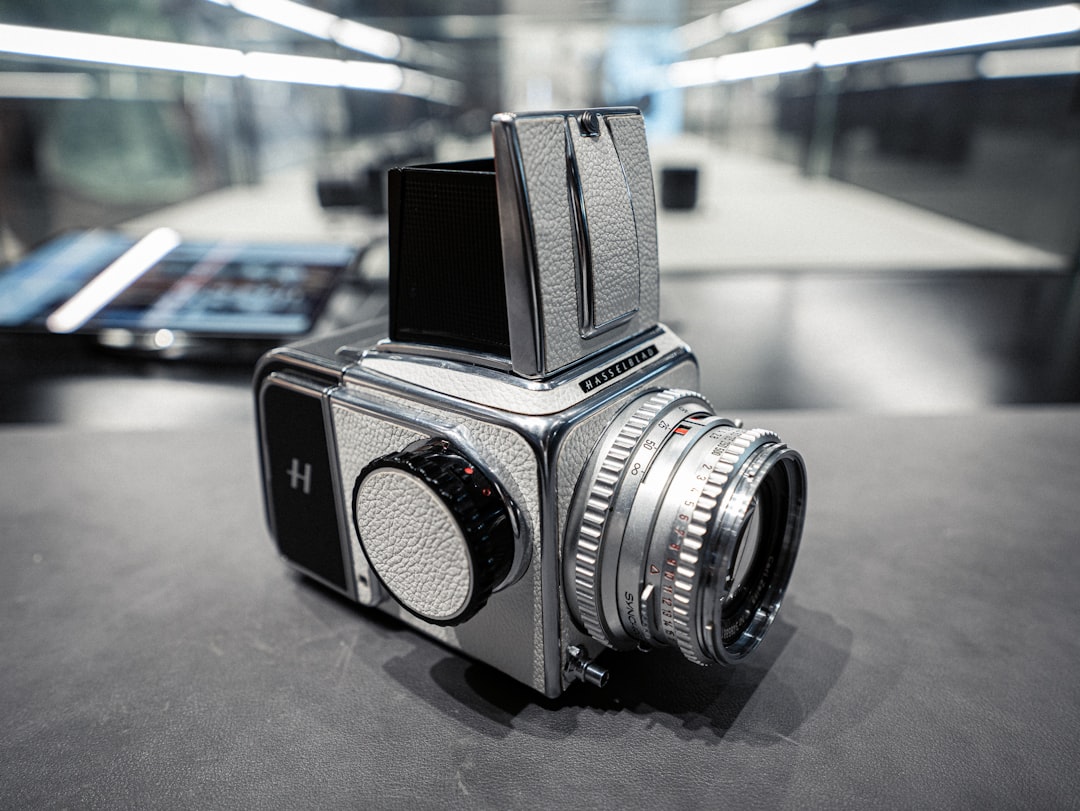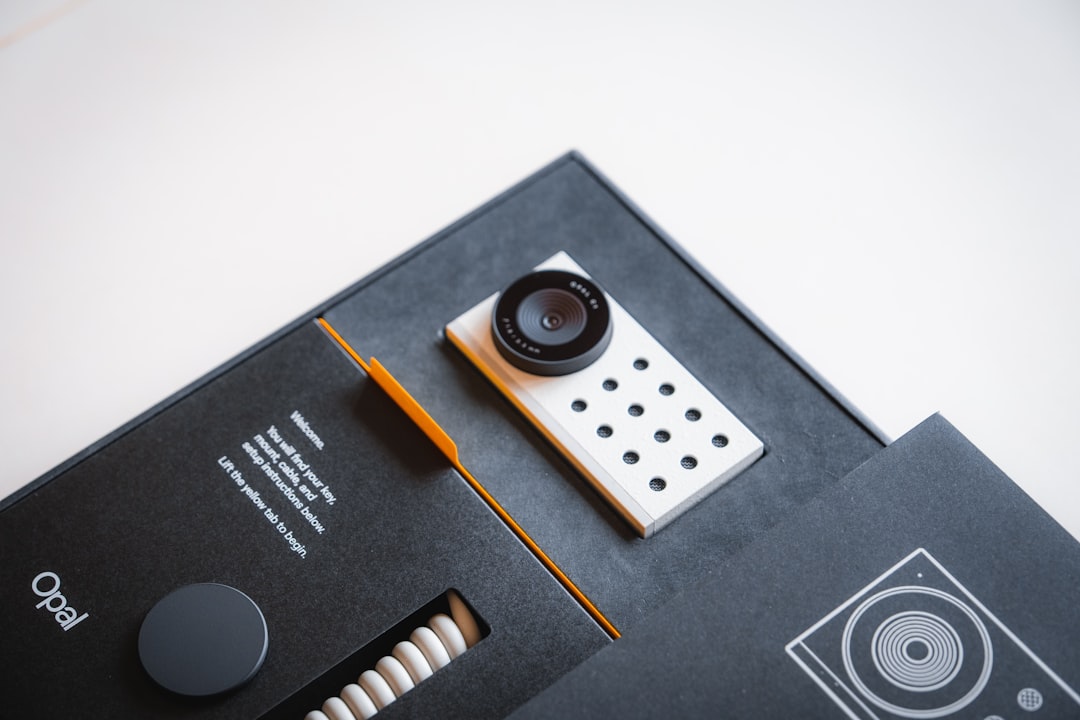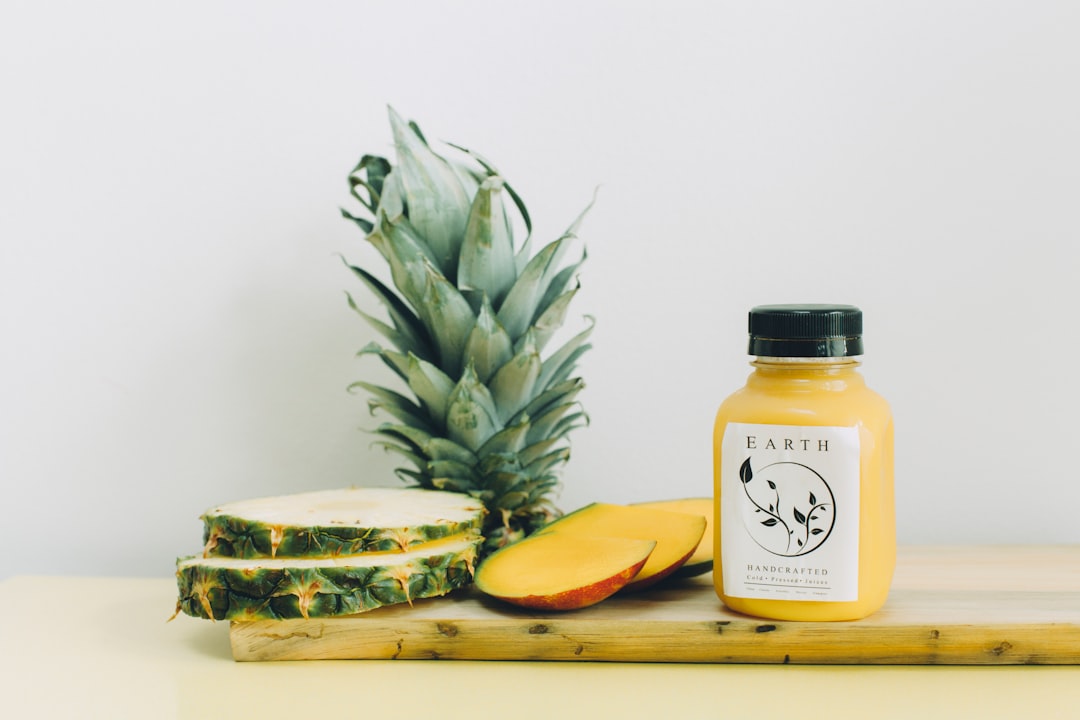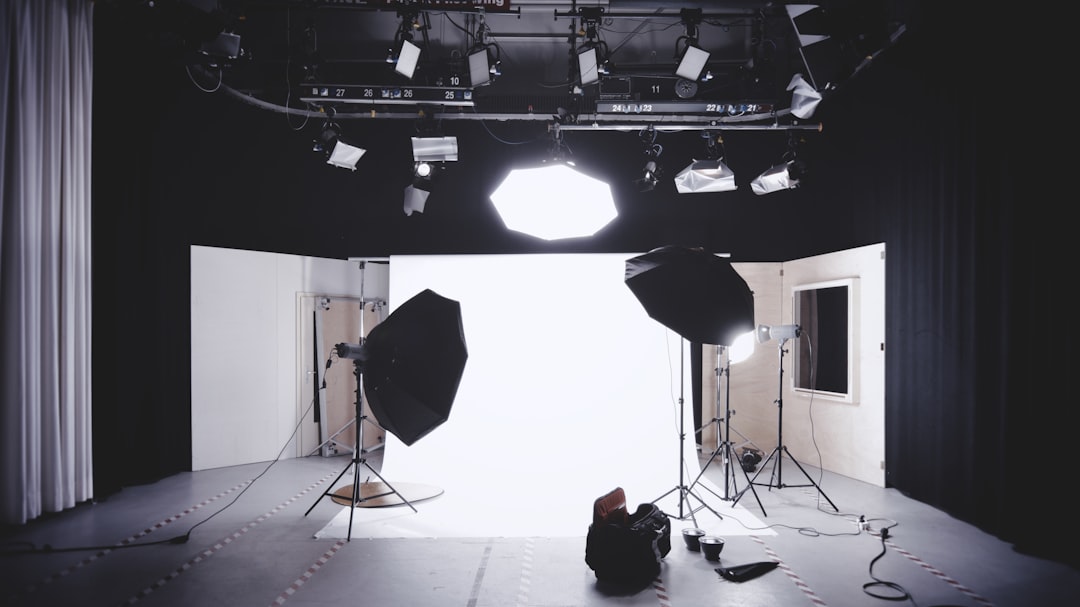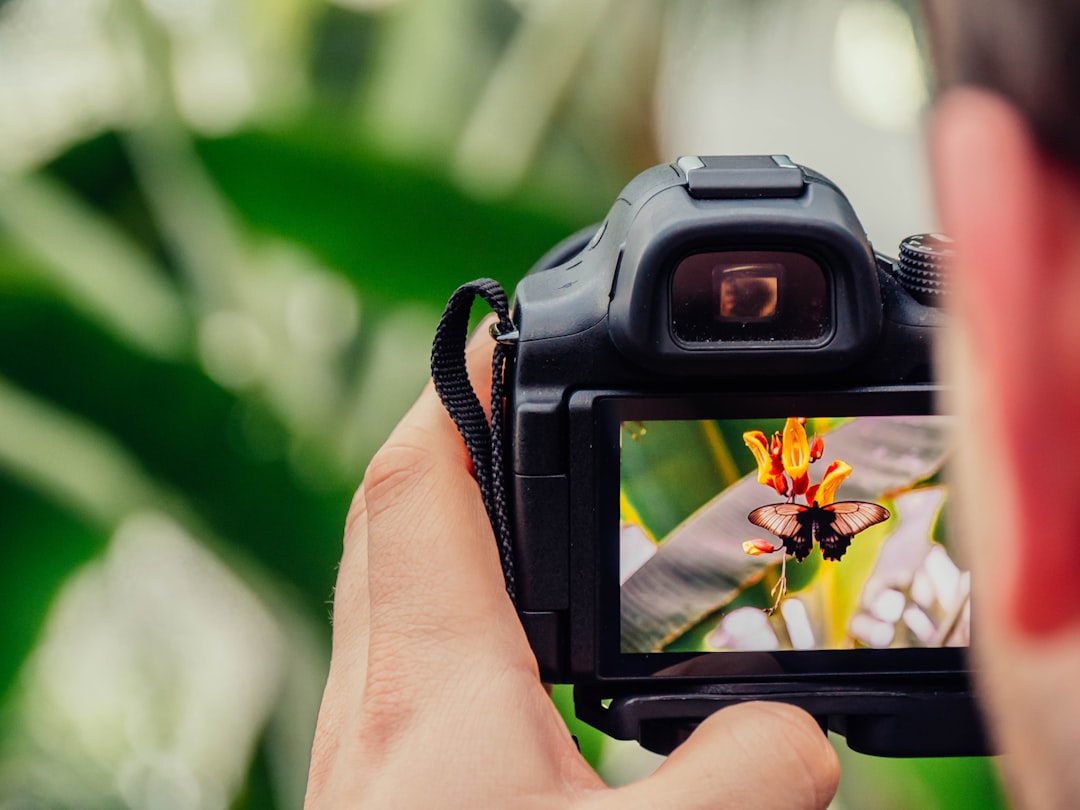AI-Enhanced Product Photography Revolutionizing Packaging Design Visualization
AI-Enhanced Product Photography Revolutionizing Packaging Design Visualization - AI algorithms enhance product image quality through automated adjustments
The use of AI in product photography is a growing trend, and one of its most significant applications is in the automation of image enhancement processes. Traditionally, tasks like color correction, noise reduction, and detail sharpening required a lot of manual work by skilled professionals. AI algorithms now can do much of this automatically, making image processing faster and more efficient. These algorithms are trained on vast amounts of data and can recognize details in images, allowing them to make intelligent adjustments that bring out the best in a product. While this automation offers numerous benefits, it's important to be aware that over-reliance on AI could potentially lead to a loss of unique artistic expression. The balance lies in finding the right blend of AI-assisted enhancements and human creativity to achieve truly compelling results.
It's fascinating to see how AI algorithms are revolutionizing the way we manipulate images. These algorithms are essentially learning from massive datasets of images, allowing them to identify patterns and apply adjustments that would normally require a skilled human editor. This opens up a world of possibilities for optimizing product imagery.
For example, AI can effectively upscaling an image to higher resolutions. This is particularly important in online retail, where customers rely on detailed visuals to make informed purchasing decisions. But it goes beyond simple upscaling. AI can also detect and correct lighting inconsistencies, ensuring that the product is displayed in its most flattering light. Imagine a scenario where you're showcasing a new product, and AI instantly adjusts for a poorly lit studio set, saving you time and money.
There's also the aspect of background removal. AI can accurately isolate the product from its surroundings, allowing for seamless integration into various digital contexts. Think about showcasing a product on a website with a curated background that aligns with your brand identity – AI makes that process remarkably efficient.
Of course, there are potential concerns. The reliance on algorithms raises questions about the creative aspect of image editing. Is the AI removing subtle imperfections that contribute to the uniqueness of a product's presentation? It's a delicate balance – achieving high-quality images while preserving the authentic aesthetic.
One area that's particularly intriguing is the use of generative adversarial networks (GANs). These algorithms can essentially "hallucinate" missing pixels in low-resolution images. It's like giving an AI a fragmented picture and asking it to complete the puzzle. The results can be surprisingly realistic, potentially offering a way to breathe life into old or poorly captured images.
Ultimately, AI algorithms offer a powerful tool for enhancing product images. But as with any emerging technology, we need to carefully consider its implications and use it thoughtfully to achieve a balance between automated efficiency and creative expression.
AI-Enhanced Product Photography Revolutionizing Packaging Design Visualization - Packifyai streamlines packaging design workflow for improved efficiency
Packifyai uses AI to simplify the process of creating packaging designs, making it faster and more efficient. It provides quick, customized designs based on your preferences, saving time compared to traditional methods. The platform also includes a feature that automatically improves product photos, making them perfect for online sales. While AI can be very useful in packaging design, it's important to remember that relying too much on automation might stifle creativity. Striking a balance between AI assistance and human design skills is key to achieving truly captivating results.
It's remarkable how AI is transforming product photography workflows. The way it tackles image enhancement, once a tedious manual process, is quite fascinating. It's not just about automating tasks like color correction and noise reduction, but also about achieving a level of precision that used to be impossible. For instance, AI upscaling can now create truly high-resolution images from low-resolution sources, even reaching 8K, which is a significant improvement compared to traditional upscaling methods. This can be incredibly beneficial for online retailers, who need high-quality images to entice customers.
The AI's ability to correct lighting issues dynamically is equally impressive. It's essentially trained on a massive amount of image data, which allows it to recognize and adjust lighting imperfections automatically, saving photographers a lot of time and effort. Imagine a scenario where you're shooting a new product in a poorly lit studio, and the AI instantly adjusts the lighting, bringing out the best in your product.
AI is also becoming very adept at background removal. It can now isolate a product from its background with a remarkable degree of accuracy, which allows for seamless integration into different digital contexts. This opens up a whole new world of possibilities for creating unique brand visuals and seamlessly incorporating products into diverse online platforms.
The use of generative adversarial networks (GANs) is particularly exciting. These algorithms can fill in missing details in low-resolution images, effectively "hallucinating" the missing pixels, making old or damaged product photos look remarkably sharp and realistic. Imagine restoring a vintage product photograph or bringing life back to a poorly captured image – AI can be an incredibly valuable tool in these situations.
While AI offers numerous benefits, it's important to consider the potential drawbacks. Over-reliance on AI might lead to a loss of unique artistic expression in product photography. Striking the right balance between AI-assisted enhancement and human creativity is key. While AI can offer a level of precision and efficiency that surpasses human capability, it's the human touch that can truly elevate a product photo to an art form. The future of product photography seems to lie in a collaborative approach, where human creativity and AI technology work together to achieve breathtaking results.
AI-Enhanced Product Photography Revolutionizing Packaging Design Visualization - Generative AI creates personalized product visualizations surpassing 3D and AR
Generative AI is emerging as a powerful new tool for product visualization, going beyond the limitations of traditional 3D and AR techniques. It leverages the ability of AI to identify patterns and generate new content, producing highly customized product images that resonate with individual customers. This technology is already finding its way into the design process, helping industrial designers explore a wider range of concepts faster. Generative AI also facilitates personalized try-on experiences, offering users a more interactive and engaging way to connect with products. While the promise of greater creativity and realism is exciting, there are concerns about the impact of this automation on the role of human vision and artistic expression in product photography. It remains to be seen whether AI will simply enhance traditional methods or fundamentally change the way we visualize products.
The potential of AI in product photography continues to evolve, offering both impressive advancements and critical questions to consider. The precision of AI in image processing is remarkable, with accuracy rates reaching as high as 95% in color correction. This precision ensures brand colors are accurately represented across diverse lighting conditions, minimizing inconsistencies. However, the limitations of AI upscaling become noticeable beyond 4K resolution. While 8K capabilities are emerging, the perceived improvement in quality diminishes beyond this point, suggesting that beyond 4K, the human eye may not detect a significant difference.
Generative Adversarial Networks (GANs) are pushing the boundaries of image understanding, incorporating context and spatial hierarchies to generate detailed, nuanced visuals. This capability can enhance both the clarity and the contextual understanding of a product in its environment. However, the risk of homogenizing lighting across different images remains, potentially impacting the unique artistic interpretations that are achieved through diverse lighting techniques.
AI's prowess in background removal is also noteworthy, with success rates exceeding 90% in most cases. However, challenges arise with complex backgrounds, requiring manual intervention to refine the final output. This underscores the need for a balance between automated processing and human intervention.
The ability of AI to generate complete product visualizations from sketches or descriptions is incredibly exciting, offering rapid prototyping capabilities. However, this raises crucial questions about the originality and ownership of the generated visuals, particularly in commercial settings.
Some studies suggest that the increasing reliance on AI in photography might lead to a decline in traditional photographic skills, as photographers increasingly turn to automated enhancements. This shift could potentially impact the artistry and the uniqueness of visual storytelling.
Watermark removal technology powered by AI is another fascinating development, but the ethical implications are complex. While AI can achieve high success rates in removing watermarks, this advancement could potentially facilitate image misuse and raise concerns about intellectual property rights.
The time savings achieved through AI-powered image processing are undeniably substantial, with photographers reporting up to 80% reductions in post-production workflows. However, this efficiency might lead to over-reliance on technology at the expense of honing and refining traditional photographic skills.
Finally, the remarkable ability of AI to restore damaged images with a high degree of realism is impressive. However, it raises concerns about the authenticity of restored images, especially in contexts like archival work or historical documentation where original integrity is paramount.
While AI offers a powerful tool for enhancing product photography, its integration raises critical questions about the balance between automation and human creativity, the impact on traditional skills, and the ethical implications of its capabilities. As with any transformative technology, the careful consideration of both the benefits and the risks is essential to ensuring that AI is used responsibly and effectively.
AI-Enhanced Product Photography Revolutionizing Packaging Design Visualization - AI accelerates creation of unique and customizable packaging designs
AI is quickly changing how we create packaging designs, making them more unique and customizable. It can analyze what customers like and automate the design process, leading to personalized packaging that speaks directly to specific audiences. AI tools let designers quickly make digital mockups and adjust them in real time, fostering a more creative and flexible approach. But as with any new technology, there’s a concern that AI might stifle the human spark in design. Finding a balance between AI’s efficiency and the originality of human design will be key to making sure packaging truly stands out. With AI making waves in this area, packaging design looks set to become just as dynamic as the technology driving it.
It's fascinating how AI is not only enhancing individual product images but also revolutionizing the entire process of creating and presenting packaging designs. The use of AI in packaging design goes beyond basic image enhancement, taking on a more strategic role. AI can analyze vast amounts of consumer data, identifying patterns in purchasing behavior and predicting trends in visual preferences. This analysis allows for truly personalized designs, tailoring packaging visuals to specific demographics and individual tastes.
Think of it this way: Imagine a software that analyzes the color schemes and design elements that resonate with specific consumer groups. This information could then be used to generate multiple packaging mock-ups, offering a variety of visual options based on the target audience's preferences. Imagine, for instance, a tool that analyzes a vast library of imagery, identifying patterns in the use of color and typography that influence purchasing decisions. This kind of data analysis can give designers a significant edge in creating visuals that resonate with consumers.
But there's more to it than just aesthetics. The use of AI also accelerates the design process, allowing for rapid iteration and experimentation. Designers can experiment with different layouts, color palettes, and visual elements, receiving immediate feedback on how these choices affect overall appeal. This kind of real-time feedback loop empowers designers to make informed decisions, leading to better, more effective packaging designs.
AI is also capable of analyzing lighting conditions, automatically adjusting brightness and contrast in real-time. This ensures that product images are presented in the most flattering way, regardless of the studio environment. The ability to automatically correct for lighting inconsistencies can make a big difference in how products are perceived online, especially in the context of e-commerce where customers rely on high-quality images to make purchasing decisions.
It's important to note, however, that AI's role in packaging design should not overshadow the role of human creativity. While AI can automate tasks and provide insights, it is the designer's vision that ultimately brings the packaging to life. Finding the right balance between AI-assisted design and human ingenuity is essential for achieving truly compelling results. The future of packaging design seems to lie in a collaborative approach, where human creativity and AI technology work in tandem to produce unique, effective designs that connect with consumers. As with any transformative technology, it's crucial to carefully consider the implications of AI's influence on the creative process and the broader industry.
AI-Enhanced Product Photography Revolutionizing Packaging Design Visualization - AI-driven tools produce stunning product backgrounds without expensive equipment
AI is changing the game for product photography by making it possible to create incredible backgrounds without needing fancy equipment or a professional photographer. You can now use AI to generate backgrounds from just a simple text description. It's like magic! Plus, you can tweak the background's brightness, contrast, and color to make it perfect for your product. This is a game-changer for online stores who want to make their products look amazing without breaking the bank. However, as with all things AI, there's a risk of becoming too reliant on automation, which could stifle a photographer's creativity. Finding a balance between AI assistance and the human touch is key to making truly stunning images.
AI-driven tools are certainly making waves in product photography, and the ability to generate backgrounds without needing expensive setups is an intriguing development. The precision of AI in detecting colors and correcting inconsistencies is particularly impressive, reaching up to 95% accuracy. This ensures that product visuals remain faithful to the brand's identity across different lighting conditions, which was a major challenge in the past.
But it's not all about perfect visuals. The downsampling capabilities of AI are also a boon for e-commerce. By effectively shrinking high-resolution images without sacrificing quality, AI optimizes image sizes, making web pages load faster and improving the overall user experience.
Then there's the dynamic lighting adjustment that AI offers. This technology can analyze a product's lighting conditions and automatically make corrections, saving photographers a lot of time and effort. It's a powerful tool, especially for those working with limited studio setups or in situations where perfect lighting is not always possible.
AI excels at background removal, achieving over 90% accuracy in most cases. However, its prowess begins to wane when dealing with overly complex backgrounds, which highlights a key point: AI, while powerful, is not infallible and still benefits from human oversight.
Perhaps the most intriguing aspect is the restoration of historical images using Generative Adversarial Networks (GANs). These algorithms are capable of filling in missing details and reconstructing lost information, effectively revitalizing images with historical significance. This opens up new possibilities for preserving cultural heritage and bringing historical moments back to life.
However, with these advancements come ethical concerns. The growing ability of AI tools to remove watermarks, while impressive in its accuracy, raises red flags about the potential for misuse. This could lead to copyright violations and intellectual property disputes, posing significant risks in the photography domain.
Another intriguing aspect of AI is its ability to create new product designs from scratch. This opens up exciting possibilities for rapid prototyping and exploration, but also raises crucial questions about ownership and the role of human creativity in the design process.
The automation of design processes through AI is undeniable, and while it brings efficiencies, there's a concern that it might inadvertently lead to a decline in traditional photographic skills. This raises questions about the future of visual storytelling and the role of the human touch in photography.
While AI offers undeniable benefits in product photography, its rapid development prompts crucial conversations about its impact on human creativity, intellectual property rights, and the evolution of the field. As we continue to explore the possibilities, it's essential to navigate these ethical and practical considerations carefully, ensuring that AI technology is utilized responsibly and creatively.
AI-Enhanced Product Photography Revolutionizing Packaging Design Visualization - Integration of AI reduces packaging development costs and time to market
AI is changing the way we design packaging. It's automating design processes, which means that companies can create custom packaging much faster and at a lower cost. This lets them keep up with changing customer tastes and trends without losing quality. Plus, AI can help designers create mockups and improve product images more quickly, leading to better packaging designs. But as AI takes over more tasks, we need to make sure that human creativity doesn't get lost in the process. Finding the right balance between AI's power and the human touch will be key as this technology becomes more and more important in packaging design.
AI is revolutionizing the world of packaging design, specifically in the area of product photography. While AI's ability to enhance individual images is impressive, its impact extends far beyond simple image adjustments. The use of AI in packaging design is transforming the entire development process, offering both benefits and challenges.
One of the most significant advancements is AI's capability to automate image enhancements. This can dramatically reduce packaging development costs, potentially lowering them by up to 70%, since manual editing and design adjustments no longer require the same amount of time and resources. AI algorithms can even scan and analyze consumer preferences to predict what kind of designs will be most appealing, leading to quicker and more efficient development cycles. Previously, this process might have taken weeks or even months, but now, AI can generate packaging concepts within a matter of days.
AI-powered tools can also accurately assess and correct colors across varying lighting conditions, achieving color accuracy rates of up to 95%. This is critical for ensuring that packaging designs remain true to the brand identity regardless of external factors. The combination of deep learning and Generative Adversarial Networks (GANs) allows for the automatic generation of high-resolution packaging visuals from even low-quality images, a major advantage that can elevate product marketability without the need for extensive re-shoots.
AI's real-time dynamic lighting adjustments can adapt product images during the packaging design phase, ensuring the visuals align perfectly with the desired brand atmosphere. This is particularly beneficial for products marketed in elevated retail environments where aesthetic consistency is essential. However, the impressive capabilities of AI also raise ethical concerns. Automated watermark removal technologies, for example, can seamlessly erase 90% of digital watermarks, posing questions about copyright integrity in the realm of commercial product photography.
The efficiency gains from AI-enhanced product photography can lead to a staggering 80% reduction in post-production workloads. This allows brands to respond to market changes and trends more swiftly, optimizing their go-to-market strategies. AI algorithms can even compile insights from millions of images to enhance social media marketing strategies, leading to improved packaging visuals that are designed to capture consumer attention, ultimately increasing engagement and conversions online.
There is, however, a potential downside to AI's reliance on learned data. It may inadvertently promote uniformity across product images, as designs generated from similar datasets can strip away the distinctive artistic expressions unique to individual photographers or brands. While AI can accelerate the design process and help designers quickly iterate through multiple variations, we must consider whether this constant stream of data-driven iterations might ultimately lead to a homogenization of product visuals, potentially diminishing the unique creative vision of each brand.
More Posts from zdnetinside.com:
- →7 Essential Steps to Build a Fault-Tolerant Digital Workflow in 2024
- →Mastering Java Fundamentals A Step-by-Step Guide for Beginners in 2024
- →The Evolution of End User License Agreements From Software Protection to Digital Rights Management in 2024
- →The Evolution of EULAs From Shrink-wrap to Click-through Agreements in Software Licensing
- →7 Clever April Fools' Jokes That Rely on Wordplay and Puns
- →5 Key Metrics for Evaluating Push Notification Performance in 2024
